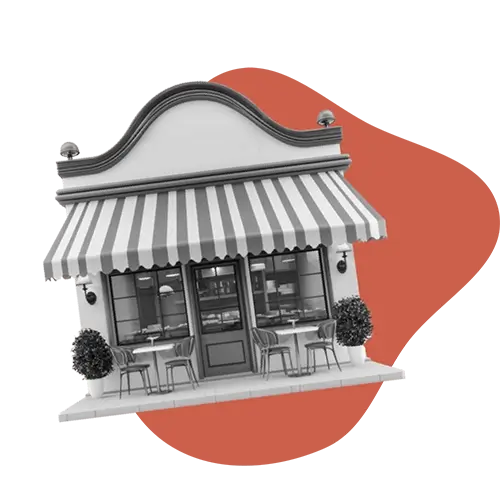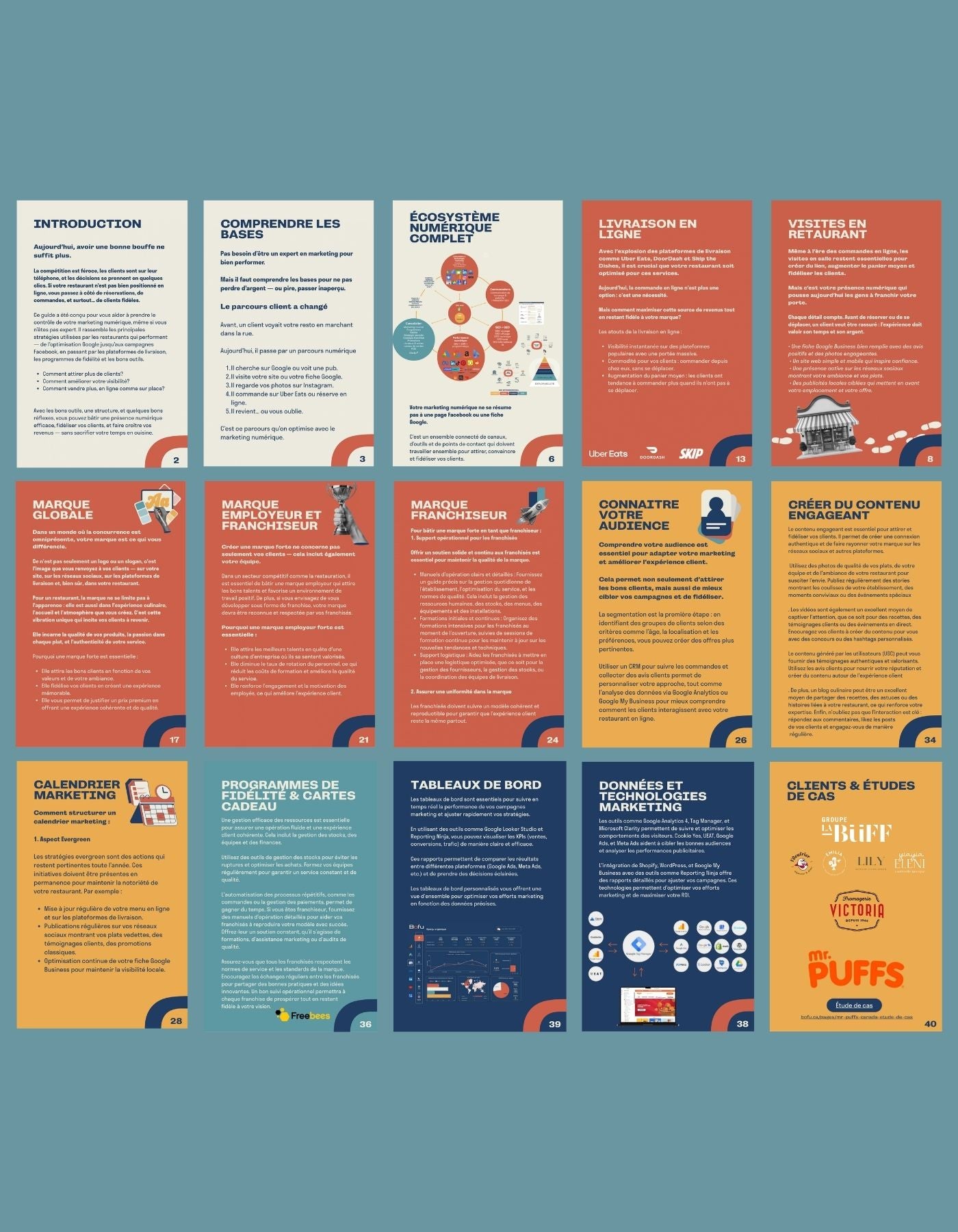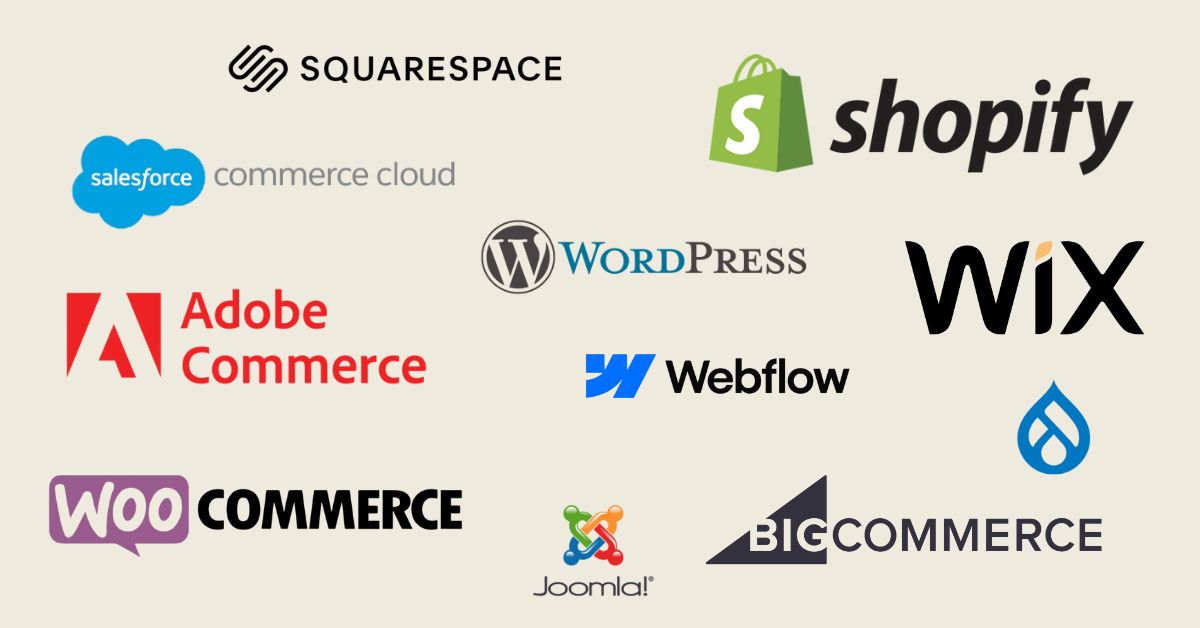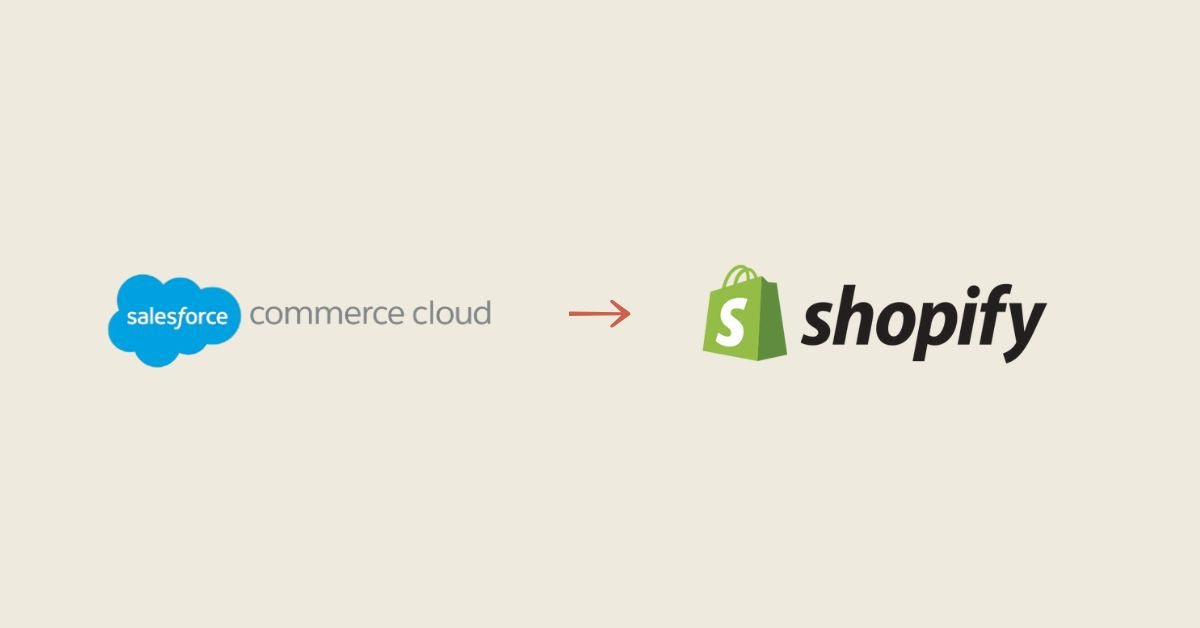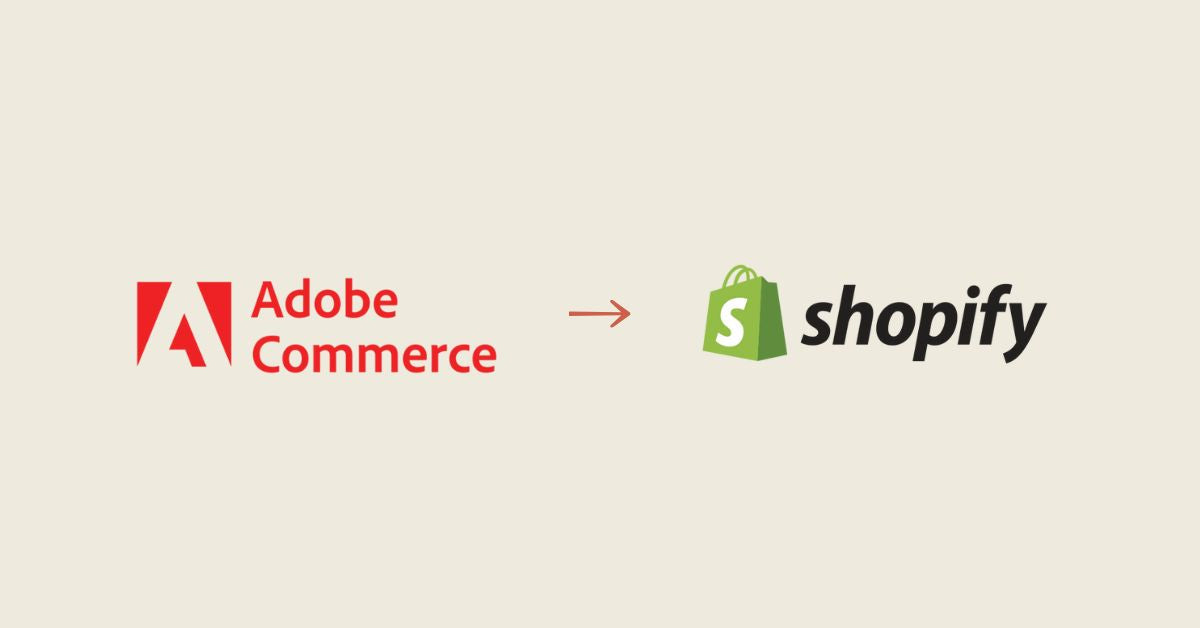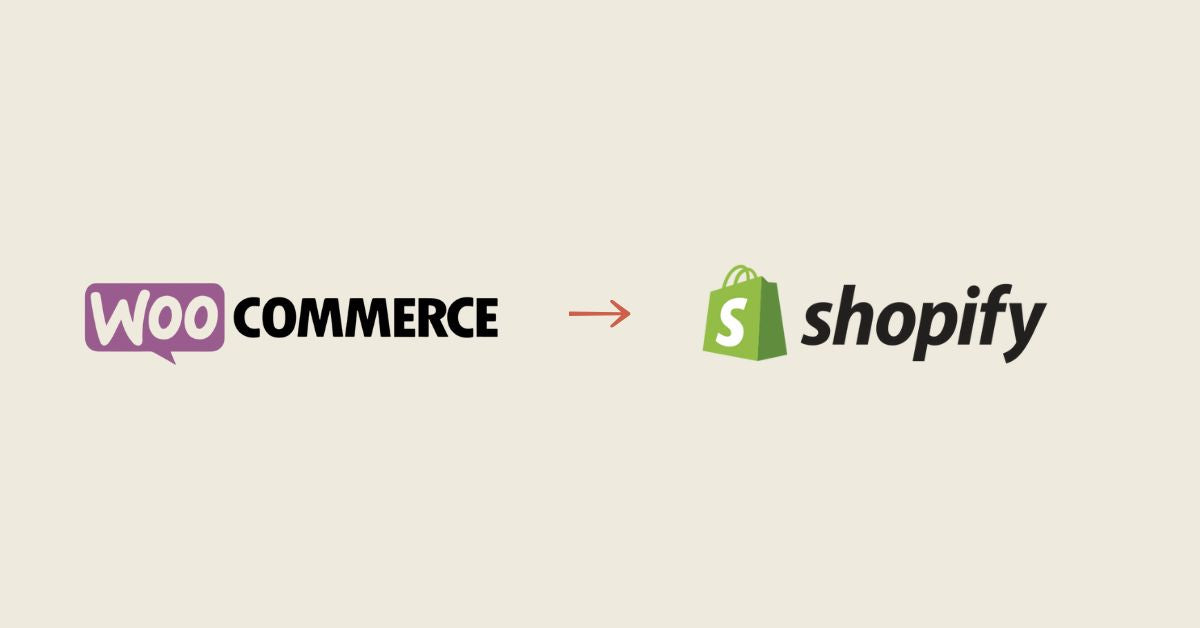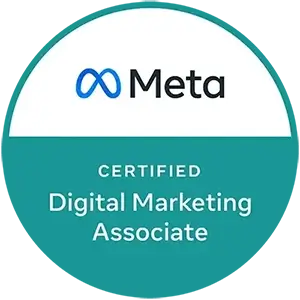Once upon a time, a good menu and a great location were enough to ensure a restaurant's success. Today, those criteria remain essential, but fierce competition and changing consumer habits have added a new requirement: a strong digital presence.
Habits have changed, so have your customers
Today's customers discover, evaluate, and choose restaurants on their phones before even walking through the door. Your establishment may be just a few meters away; if your online visibility is low, you could go unnoticed.
Every Google search, every Instagram post, every review on a platform like Tripadvisor or Uber Eats is an opportunity for a potential customer to discover your restaurant. If you're not appearing where your customers are looking, you're missing out on important opportunities.
Digital marketing: the key to visibility and loyalty
Digital marketing for restaurants is no longer an option; it's a strategic imperative. Whether you're a large chain or a small, independent establishment, your performance today depends on your ability to attract, convince, and, above all, retain your customers through digital technology.
An effective digital strategy is based on a few simple foundations:
-
Be easily found on Google, Uber Eats and other key platforms
-
Using social media to communicate, attract and retain
-
Collect customer data to better understand and serve your customers
How to build a successful digital ecosystem for your restaurant?
In the restaurant industry, digital has become essential, but simply having a Facebook page or a Google listing is no longer enough. Today, it's the connected set of your digital channels that will make the difference. Here's how to create a complete and effective digital ecosystem.
What is a digital ecosystem?
A digital ecosystem brings together all of your restaurant's online touchpoints that interact with each other to attract, convert, and retain customers. It includes your website, social media, your Google listing, delivery platforms, and all the marketing and data management tools you use.
The key elements of a successful digital ecosystem
1. Your website: the heart of your digital presence
Your website needs to be fast, clear, and mobile-friendly, as nearly 80% of potential customers browse via their phone.
For example, a good restaurant website should include:
-
An easy-to-navigate and indexable menu for search engines
-
A simple online reservation option (e.g. OpenTable or Libro)
-
A drop-ship or order button (via Shopify, UEAT, or another suitable tool)
2. The Google Business profile: your digital identity card
Your Google listing is often a new customer's first contact with your business. Make sure you have:
-
Always up-to-date timetables (especially during public holidays or vacations)
-
Regularly updated photos (dishes, team, room)
-
Proactive customer review management: respond quickly and professionally to comments, whether positive or negative
For example, an Italian restaurant that optimizes its Google listing well will appear first in local searches such as “best pizza in Montreal.”
3. Delivery platforms: an essential showcase
Uber Eats, DoorDash, and Skip the Dishes have become indispensable. But be careful, a simple presence is not enough:
-
Optimize your menu with appetizing photos for each dish
-
Set up promotions exclusive to these platforms (e.g.: special offer “free delivery from $30”)
-
Use the advertising tools integrated into these platforms to maximize your visibility
For example, a promotional campaign that says “order a main course and get a free dessert” can significantly increase your conversion rate.
4. Social media: communicating your personality
Social media allows you to showcase your restaurant's atmosphere and personality. Instagram and Facebook are perfect for this:
-
Regularly post photos and videos of your featured dishes or your team in action
-
Share behind-the-scenes moments from your restaurant in Stories (e.g., food prep, special events, team celebrations)
-
Engage your community with interactive polls (“What dish would you like to see back on the menu this summer?”)
5. Data collection and management tools: understanding to serve better
Customer data allows you to personalize your marketing. For example:
-
Use a CRM like HubSpot or Klaviyo to manage your personalized email campaigns (e.g., sending special offers on birthdays)
-
Install a Meta Pixel or Google Analytics to track your ad campaigns and understand visitor behavior on your site
-
Offer a digital loyalty program to collect data and better retain your customers
Making all these channels work together
The true power of a digital ecosystem comes from the interaction between these elements. For example:
-
An Instagram post directs you to your website for online ordering
-
Your Google Business listing guides customers to your physical location
-
Online orders on Uber Eats turn into loyalty thanks to your targeted email campaigns
By creating this dynamic between your different digital channels, you optimize your chances of attracting and retaining customers, while increasing your profitability.



